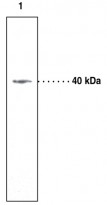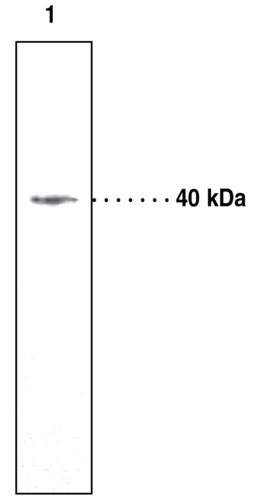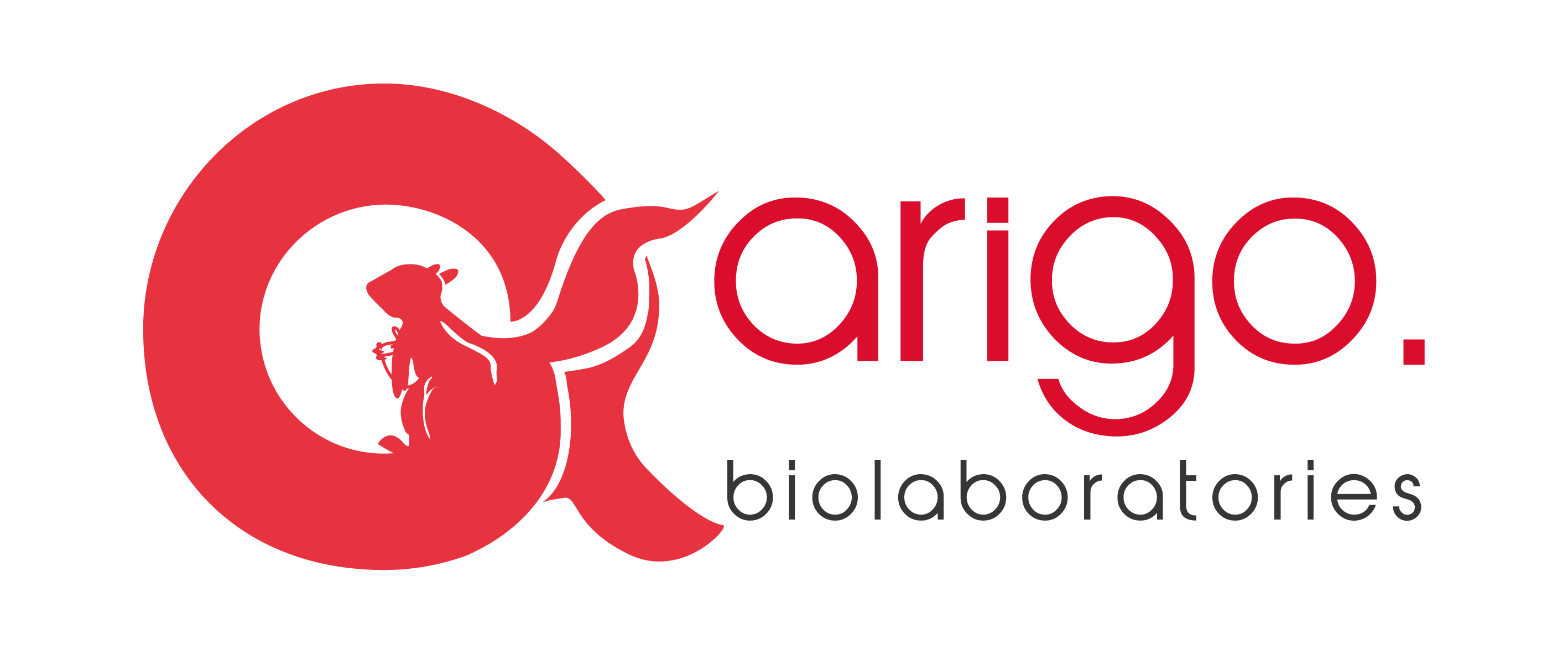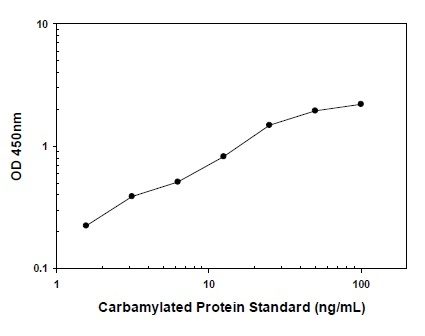anti-LPAR3 / EDG7 antibody
CAT.NO. : ARG56517
US$ Please choose
US$ Please choose
Size:
Trail, Bulk size or Custom requests Please contact us
*产品价格可能会有所调整,请以品牌方官网实时更新的价格为准,以确保准确性。
概述
| 产品描述 | Rabbit Polyclonal antibody recognizes LPAR3 / EDG7 |
|---|---|
| 反应物种 | Hu, Ms, Rat |
| 应用 | ICC/IF, WB |
| 宿主 | Rabbit |
| 克隆 | Polyclonal |
| 同位型 | IgG |
| 靶点名称 | LPAR3 / EDG7 |
| 抗原物种 | Mouse |
| 抗原 | Synthetic peptide around the N-terminus of Mouse protein LPAR3 / EDG7. |
| 偶联标记 | Un-conjugated |
| 別名 | LPA3; EDG7; Lysophosphatidic acid receptor Edg-7; LPA receptor 3; Edg-7; GPCR; LP-A3; Lysophosphatidic acid receptor 3; LPA-3; RP4-678I3; HOFNH30 |
应用说明
| 应用建议 |
| ||||||
|---|---|---|---|---|---|---|---|
| 应用说明 | * The dilutions indicate recommended starting dilutions and the optimal dilutions or concentrations should be determined by the scientist. |
属性
| 形式 | Liquid |
|---|---|
| 纯化 | Affinity purification with immunogen. |
| 缓冲液 | TBS (pH 7.4), 0.02% Sodium azide, 50% Glycerol and 0.1% BSA. |
| 抗菌剂 | 0.02% Sodium azide |
| 稳定剂 | 50% Glycerol and 0.1% BSA |
| 存放说明 | For continuous use, store undiluted antibody at 2-8°C for up to a week. For long-term storage, aliquot and store at -20°C. Storage in frost free freezers is not recommended. Avoid repeated freeze/thaw cycles. Suggest spin the vial prior to opening. The antibody solution should be gently mixed before use. |
| 注意事项 | For laboratory research only, not for drug, diagnostic or other use. |
生物信息
| 数据库连接 | |
|---|---|
| 基因名称 | LPAR3 |
| 全名 | lysophosphatidic acid receptor 3 |
| 背景介绍 | This gene encodes a member of the G protein-coupled receptor family, as well as the EDG family of proteins. This protein functions as a cellular receptor for lysophosphatidic acid and mediates lysophosphatidic acid-evoked calcium mobilization. This receptor couples predominantly to G(q/11) alpha proteins. [provided by RefSeq, Jul 2008] |
| 生物功能 | Receptor for lysophosphatidic acid (LPA), a mediator of diverse cellular activities. May play a role in the development of ovarian cancer. Seems to be coupled to the G(i)/G(o) and G(q) families of heteromeric G proteins. [UniProt] |
| 预测分子量 | 40 kDa |
 New Products
New Products


















